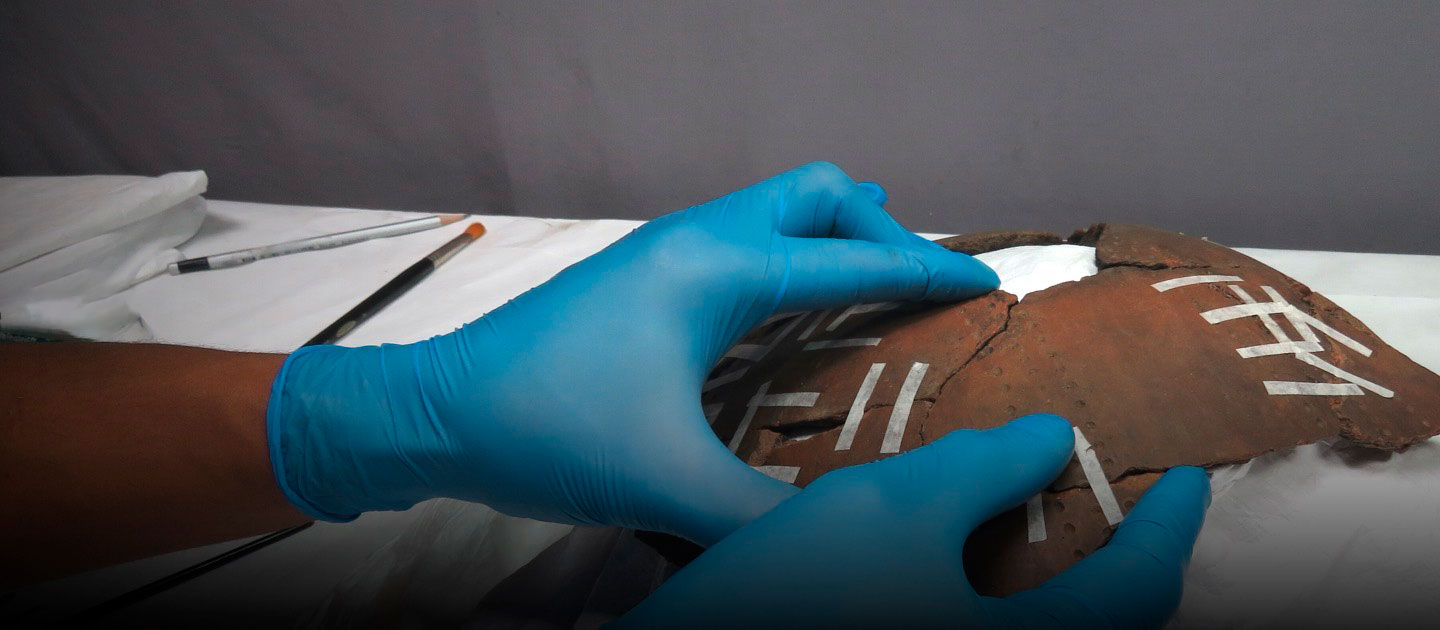
Archaeology at UC Chile: Heritage, Sustainability, and Innovation
Archaeology Program has firmly established its academic project through an interdisciplinary approach encompassing research on human origins, the evolution of corn nutrients, and the pioneering use of augmented reality in museum experiences.
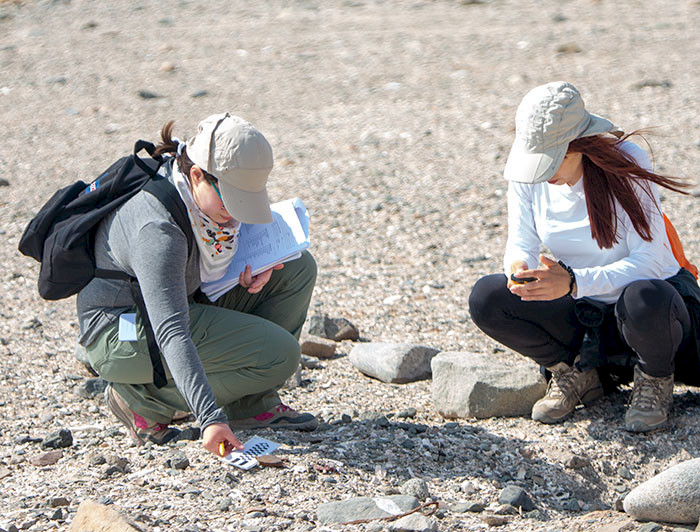
photo_camera In the five years since its creation, the UC Archaeology program has participated in various projects, which, according to the director of the School of Anthropology, Felipe Martínez, "have allowed us to position the program within the university, establishing links with other units." (Photo: Loa Station)
Established in 2018 within the UC School of Anthropology, the Archaeology program has evolved into a hub for conducting diverse projects centered around retrieving human and animal presence traces, with a dedicated emphasis on sustainability and heritage preservation.
According to Felipe Martínez, director of the School of Anthropology, the research projects that have been carried out "are important for showcasing the significance of our program, despite its relative youth, both internally and externally." They also show the broad range of disciplinary topics addressed by the school's faculty members."
Furthermore, "our research projects have allowed us to position the program within the university, establishing links with other units, such as the Heritage and Atacama Desert centers. Archaeology is a collaborative and transdisciplinary discipline."
Research at Loa
One of the program's milestones has been the creation of the UC Loa Scientific Station, led by archaeologist and professor Virginia McRostie. This project, located at the mouth of the river of the same name, is proposed as a space for scientific research that combines archaeological, historical, and socioecological views of the area and contributes to creating a heritage route.
The station, scheduled to open in 2024, aspires to be an active agent in the socio-environmental crisis we are currently facing. It will address crucial issues such as water scarcity, climate change, pollution, migration flows, and heritage abandonment. "We aim to generate a management plan for this archaeological, cultural, and ecological heritage asset. This area holds significant importance as it hosts one of the few rivers traversing the Atacama Desert. It provides a unique vantage point to observe the interactions within this vast region where diverse ecosystems converge," explained Virginia McRostie.
Pre-Mapuche Culture
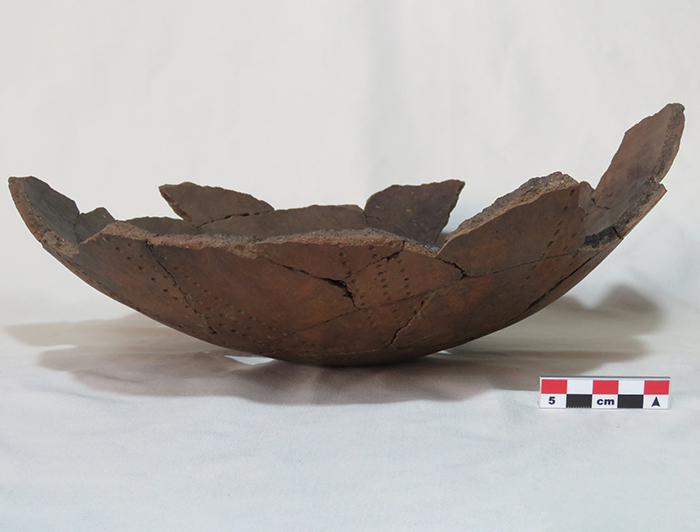
Another noteworthy project is the archaeological discoveries made at the Renaico Wind Farm, belonging to Enel, in the Araucanía Region. A team led by faculty member Roberto Campbell made the discoveries during a consultancy that started in 2018. Shards of pottery with incised decoration were discovered, which correspond to the ancestors of the present Mapuche, from a period ranging from the year 1,000 to 1,500. In archaeological terms, we are talking about the El Vergel complex.
"These findings provide very interesting clues regarding the earliest history of the Northern Araucanía territory. There is decisive evidence about aspects linked to cultural contacts and exchanges between often distant communities. One of the most relevant findings is a lip ornament called tembetá, which was previously only found as far south as the Cauquenes area," said the professor.
The Araucanía Regional Museum exhibited the findings, and you can see them at this website: https://descubrearqueologia.cl/.
Pleistocene Research
Since 2019, an international project has been underway in the former Tagua Tagua lagoon in the O'Higgins region. There, a Chilean-Spanish scientific team, in which professor Rafael Labarca participates, found fossil remains of gomphotheres, extinct relatives of today's elephants. These animals, killed and processed with lithic tools, represent one of the oldest evidence of human presence in South America, around 13,000 years ago.
In addition to the fossil remains, the lithic tools used for these activities have been recovered. These stone tools show a high degree of sophistication in their craft and the use of very high-quality raw materials, including stones from hundreds of kilometers away from the site. These findings make Tagua Tagua an undeniable benchmark to explain the first human occupation of Chile and, specifically, of South America.
The professor also participated in the multidisciplinary team that found the first fossils of Aenocyon dirus, an ancestor of today's wolf, which lived in the Pleistocene 14,000 years ago. This is the first evidence that such a predator has been found in Chile. The fossils, corresponding to bones of an incomplete hind leg, were found in Quebrada Mani, located in the Pampa del Tamarugal.
"This is the first record in Chile of this type of wolf. It is an animal widely present in North America but very scarce in South America. All we know is that it must have arrived in Chile through the western part of the Andes mountain range. In general, all carnivores living today, including canids, come from North America. They are evolutionarily an exotic group. Although they are spread throughout South America, the fossil record of canids is very difficult to find, except for a few fossils. It's a great mystery," said Rafael Labarca.
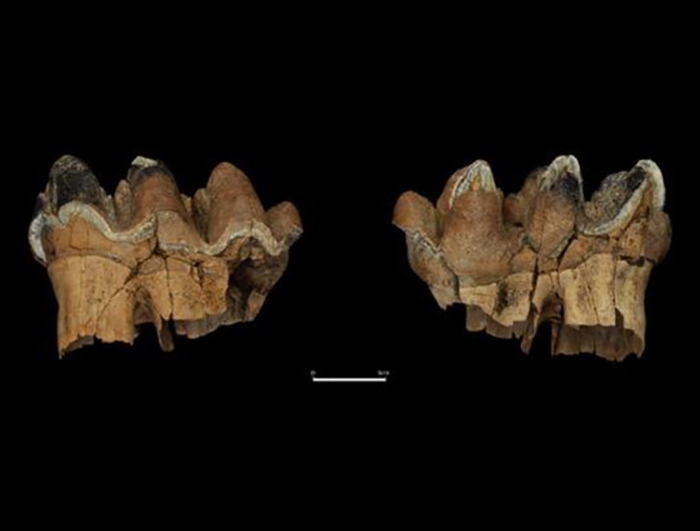
Augmented Reality
With the support of the Laboratory of Anthropology and Visual Archaeology (LAAV UC), two innovative projects have been carried out. The Deixis initiative is the digitization of archaeological pieces housed in the Regional Museum of Aysén using an augmented reality system.
Also, using the photogrammetric recording technique, the remains of rock art located at various sites in the Maule mountain range have been recovered through high-resolution photographs and drones.
These technological innovations make it possible to virtually replicate the items, allowing more time for analysis, and generating a heritage with greater possibilities for dissemination to the community and the scientific world.
Student Participation
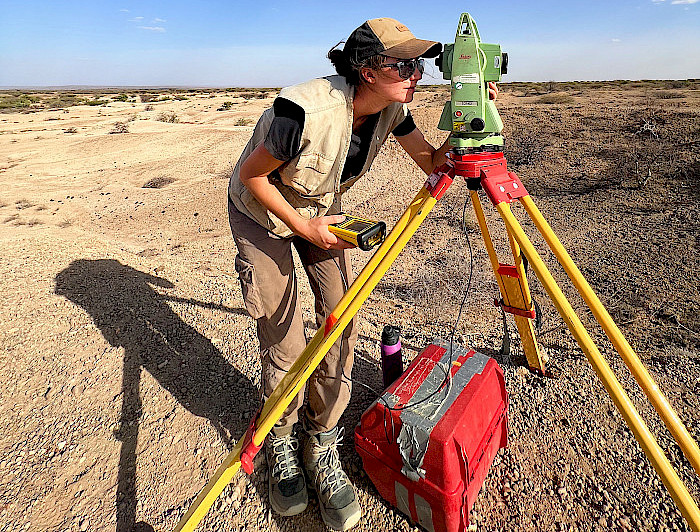
Engagement in ambitious research extends beyond just the faculty members, encompassing students as well. A great example is Magdalena Palisson, who received a significant award at the 92nd American Association of Biological Anthropologists Annual Meeting, an international congress held in Nevada, USA. She received the 2023 American Association of Biological Anthropologists Award for Outstanding Student Presentation for her presentation of the research she began in Turkana, Kenya. The study is titled: "Paleoenvironmental Reconstruction of Upper Burgi, KBS, and Okote Members of the Koobi Fora Formation, Kenya, via Ecomorphology of Bovid Distal Metapodials."
The project aims to reconstruct the environment in which early human specimens lived in one of the most important paleoanthropological sites in East Africa, tracing the paleoenvironment of three geological members of the Koobi Fora formation, which share a key temporal range for reconstructing our evolutionary history.
Evolution of Cereals
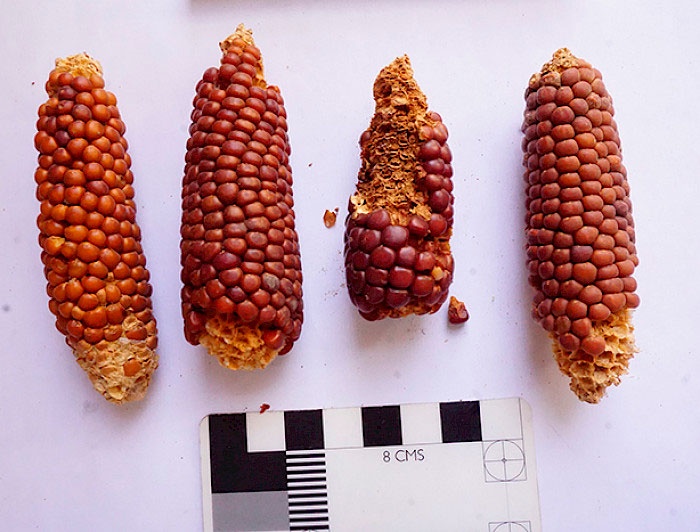
A group of Chilean researchers, including Professor Alejandra Vidal, concluded that corn has lost its nutritional value. Their study of two-thousand-year-old corn found in Tarapacá showed that the ancient corn had a significantly higher amount of iron than today's. Most of the corn used for the research came from collections in different museums. Each sample belongs to another period, the oldest dating back 2,400 years.
As the professor explained: "We analyzed the emergence of corn in the Tarapacá desert 2,000 years ago, tracing its evolution over time, including an examination of colonial-era corn, periodized with radiocarbon for colonial times. These corns, for the most part, come from archaeological excavations of domestic sites."


